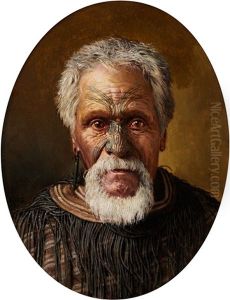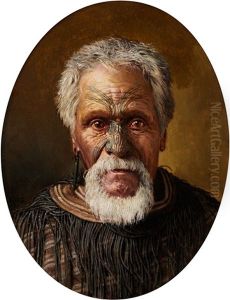Louis John Steele Paintings
Louis John Steele was a significant New Zealand artist known for his contributions to late 19th and early 20th-century art in the region. Born on September 4, 1842, in Reigate, Surrey, England, Steele received his early education in art at the prestigious Royal Academy in London. He was under the tutelage of renowned artists such as John Everett Millais and Dante Gabriel Rossetti, who were part of the Pre-Raphaelite movement. These early influences helped shape Steele's meticulous attention to detail and his fascination with historical and romantic themes.
Steele migrated to New Zealand in 1874, seeking new opportunities and inspired by the country's landscapes. Settling in Auckland, he quickly became an influential figure within the local art scene. Steele's work from this period demonstrates a strong commitment to realism and often featured New Zealand's unique natural environment. He was also known for his portraits, which captured the social and cultural essence of his time.
Perhaps the most famous collaboration in Steele's career was with fellow artist Charles F. Goldie. Together, they created the iconic painting 'The Arrival of the Maoris in New Zealand' in 1898, which depicted the historical arrival of the Maori people in New Zealand. This work showcased Steele's dedication to historical accuracy and his ability to convey narrative through his painting.
Steele's influence extended beyond his paintings. He was a key figure in the establishment of the Auckland Society of Arts and was actively involved in the promotion of art education, pushing for the establishment of a national gallery and art school in New Zealand. His advocacy for the arts made him a respected art critic and an important mentor to many emerging New Zealand artists.
Throughout his career, Steele remained actively engaged in the art community, exhibiting his work widely and receiving considerable acclaim. He continued to paint until his later years, with his subjects often reflecting his deep interest in the history and mythology of New Zealand. Louis John Steele passed away on June 6, 1918, in Auckland, leaving behind a legacy that has had a lasting impact on the cultural identity of New Zealand.
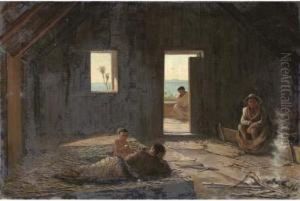
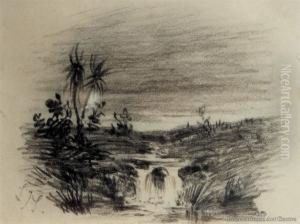
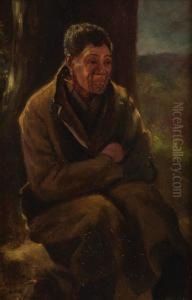
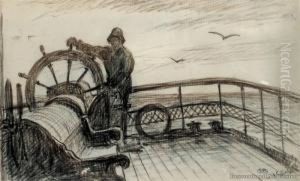
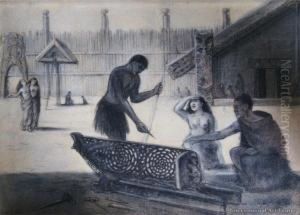
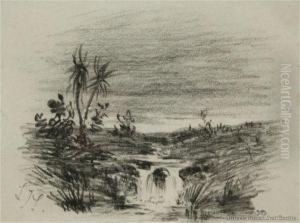
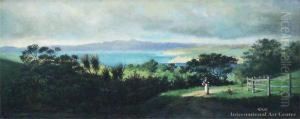
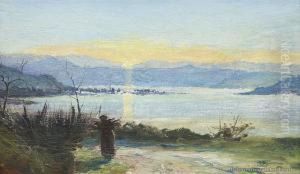
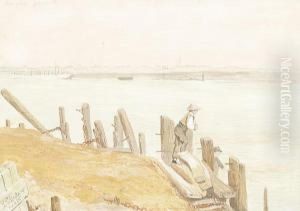
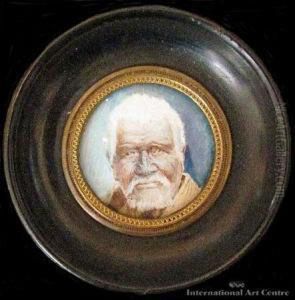
![Interior Of A Whare [with Lake Taupo Beyond]](https://www.niceartgallery.com/imgs/4353611/s/louis-john-steele-interior-of-a-whare-with-lake-taupo-beyond-5ffef956.jpg)
